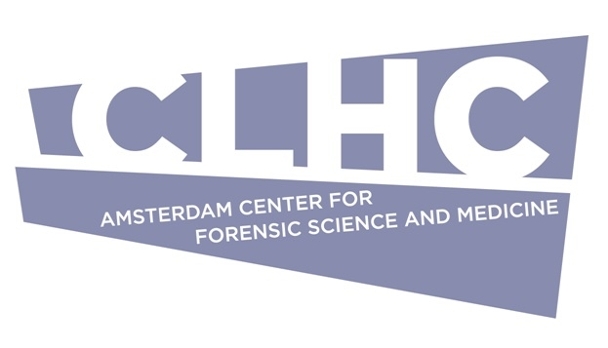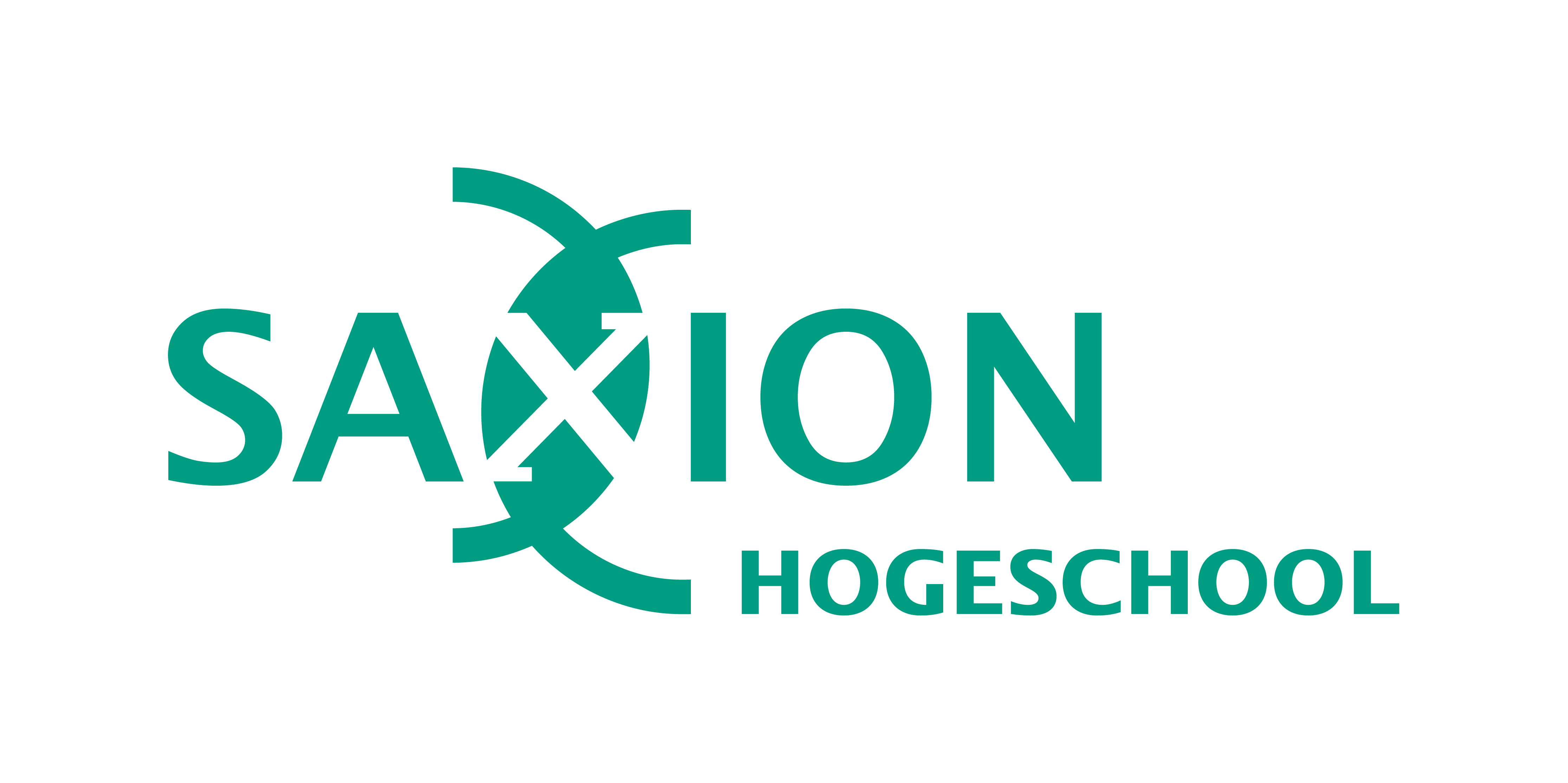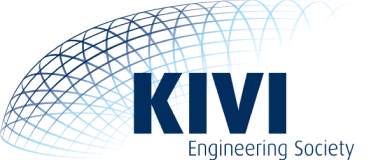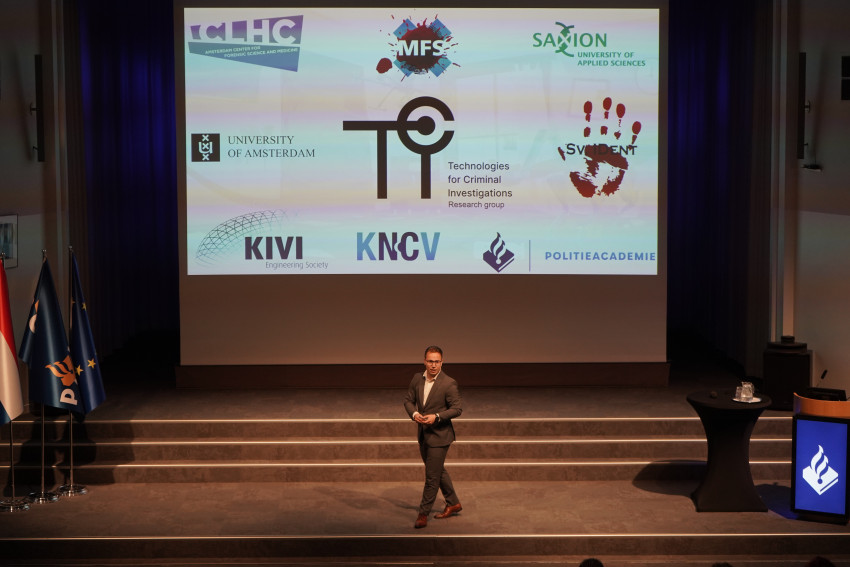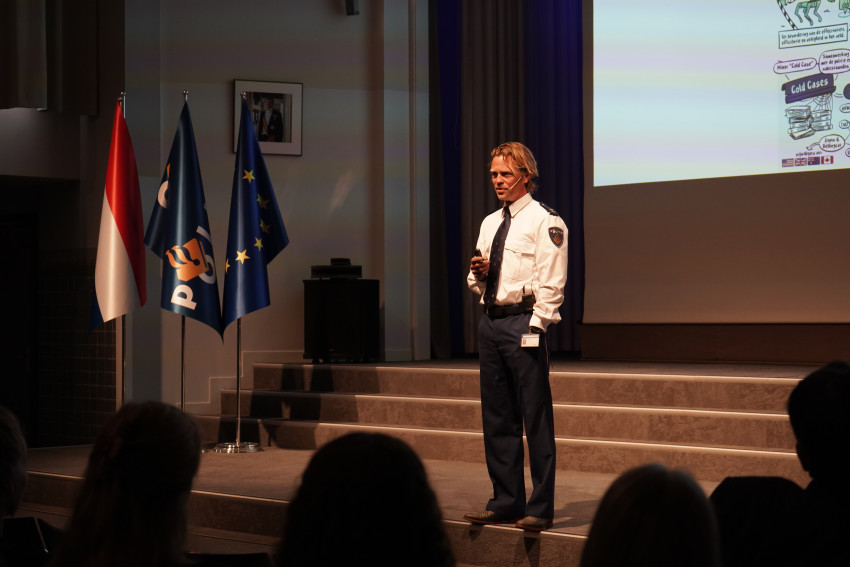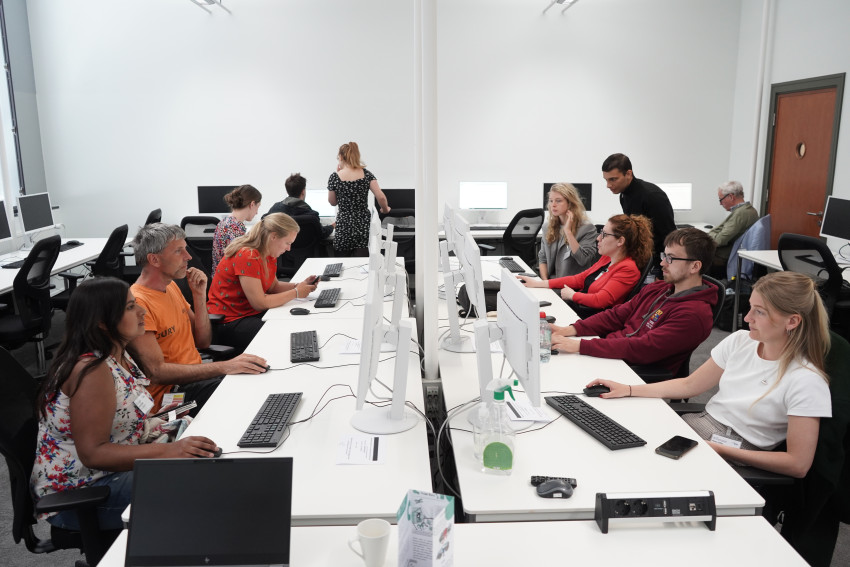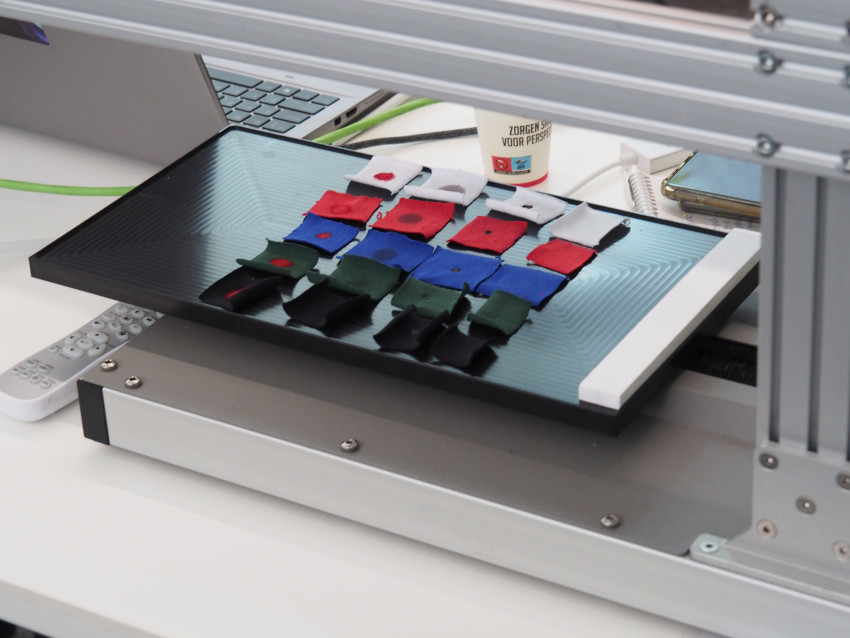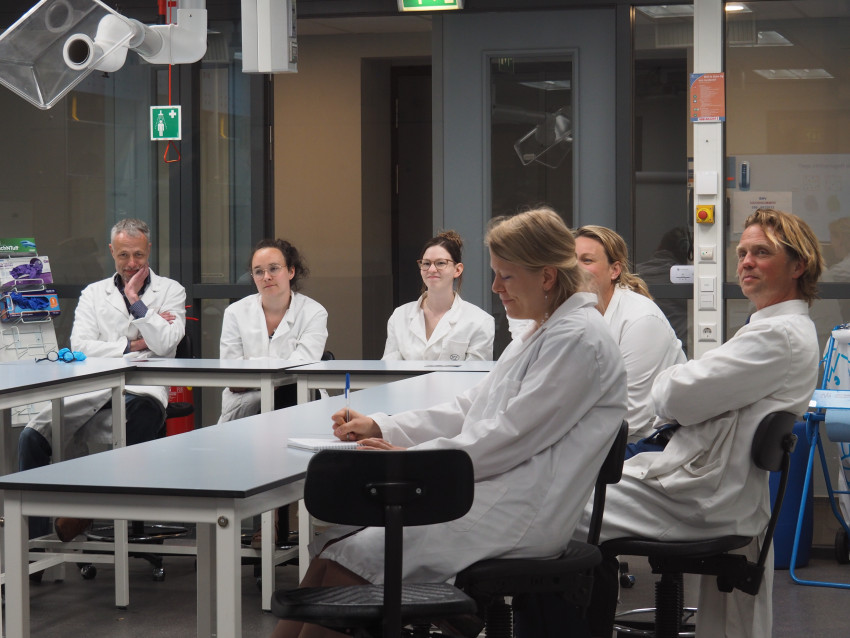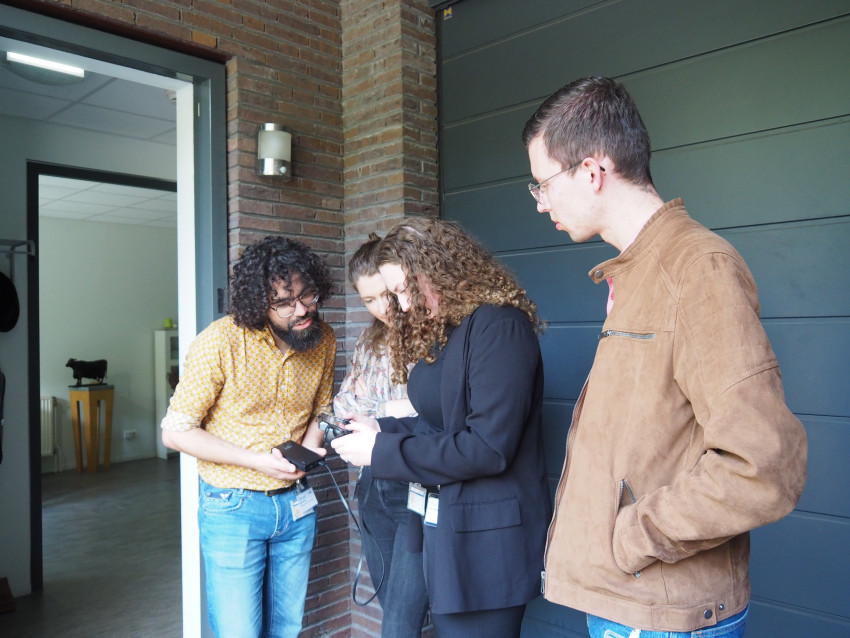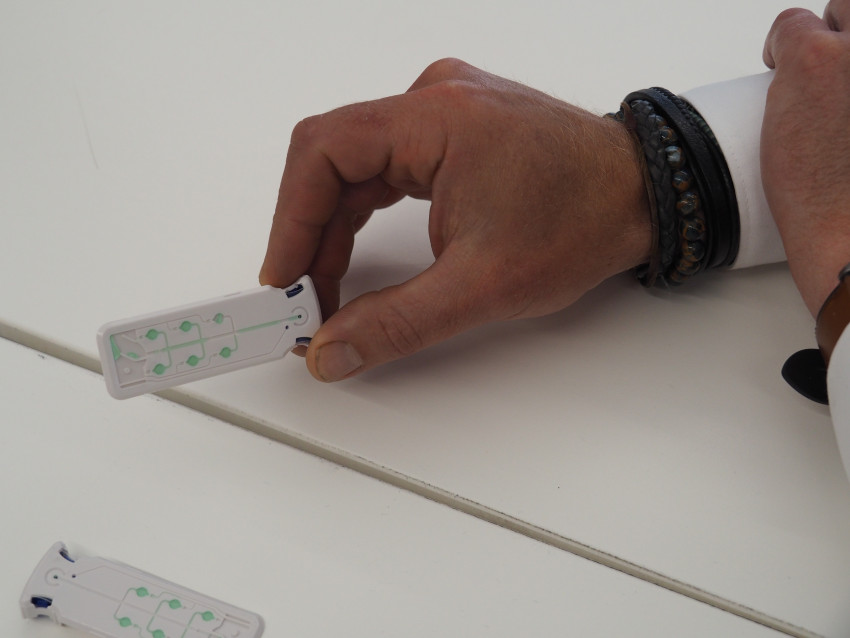
How can advanced technologies boost criminal investigations?
You can find the sheets of the presentations under 'Documenten'
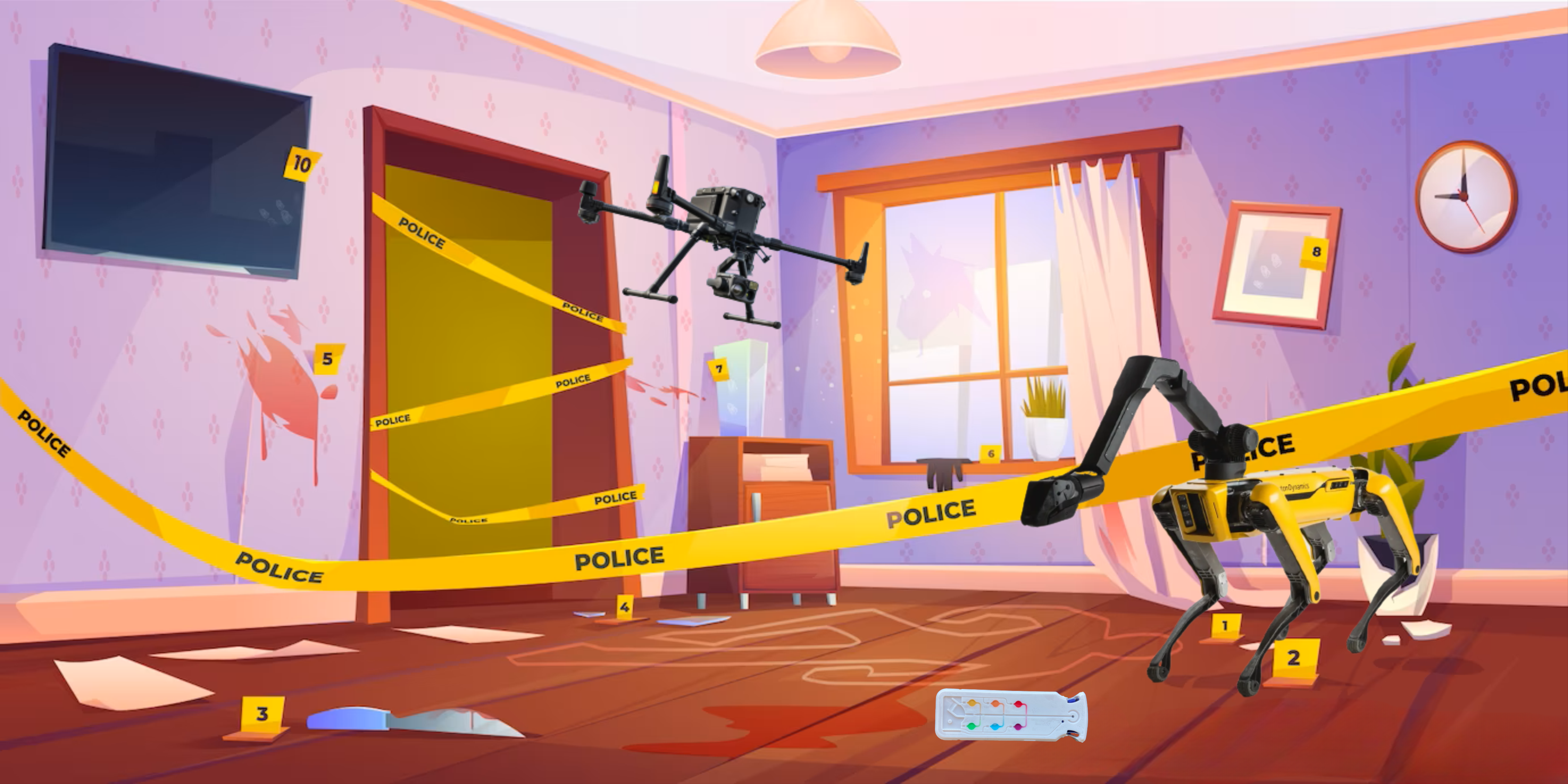
Symposium: How can advanced technologies boost criminal investigations?
This symposium – with plenary lectures and workshops – is a collaboration between KIVI, CLHC and the lecorate Technologies for Criminal Investigations (Saxion UAS/Police academy).
The aim of this lecorate is to perform applied and scientific research to answer essential questions – not only who did it, but also how and when did the crime take place are of importance - from the police/forensic investigators, to develop products, tools and techniques for the criminal justice chain as well as to apply and implement innovative techniques within the criminal justice chain.
Examples of developments to boost criminal investigations are remote sensing, nanotechnology for forensics, lab-on-a-chip and real-time analysis at the crime scene. Moreover, data science & crime will also be one of the topics of this symposium.
All presentations and workshops will be in English.
Programme Symposium
09:30 Registration
10:00 Welcome
10:30 Caroline Gibb - Computer-assisted consensus among fingerprint examiners – The future of forensic examination?
11:00 Workshop round I
12:00 Lunch
13:00 Workshop round II
14:00 Stefan Zimmermann - Ion mobility spectrometry: How can new concepts pave the way into criminal investigations?
14:30 Coffee/Tea break
15:00 Hanieh Bazyar - Forensics-on-a-chip: How and where to apply microfluidics in the forensic field?
15:30 Ruben Kranenburg - How can NIR spectroscopy contribute to rapid, on-scene and court-admissible drug identification?
16:00 Drinks
An overview of the workshop can be found under 'Documenten' (button on the right).
Host: Rick Elschot
Plenary talks:
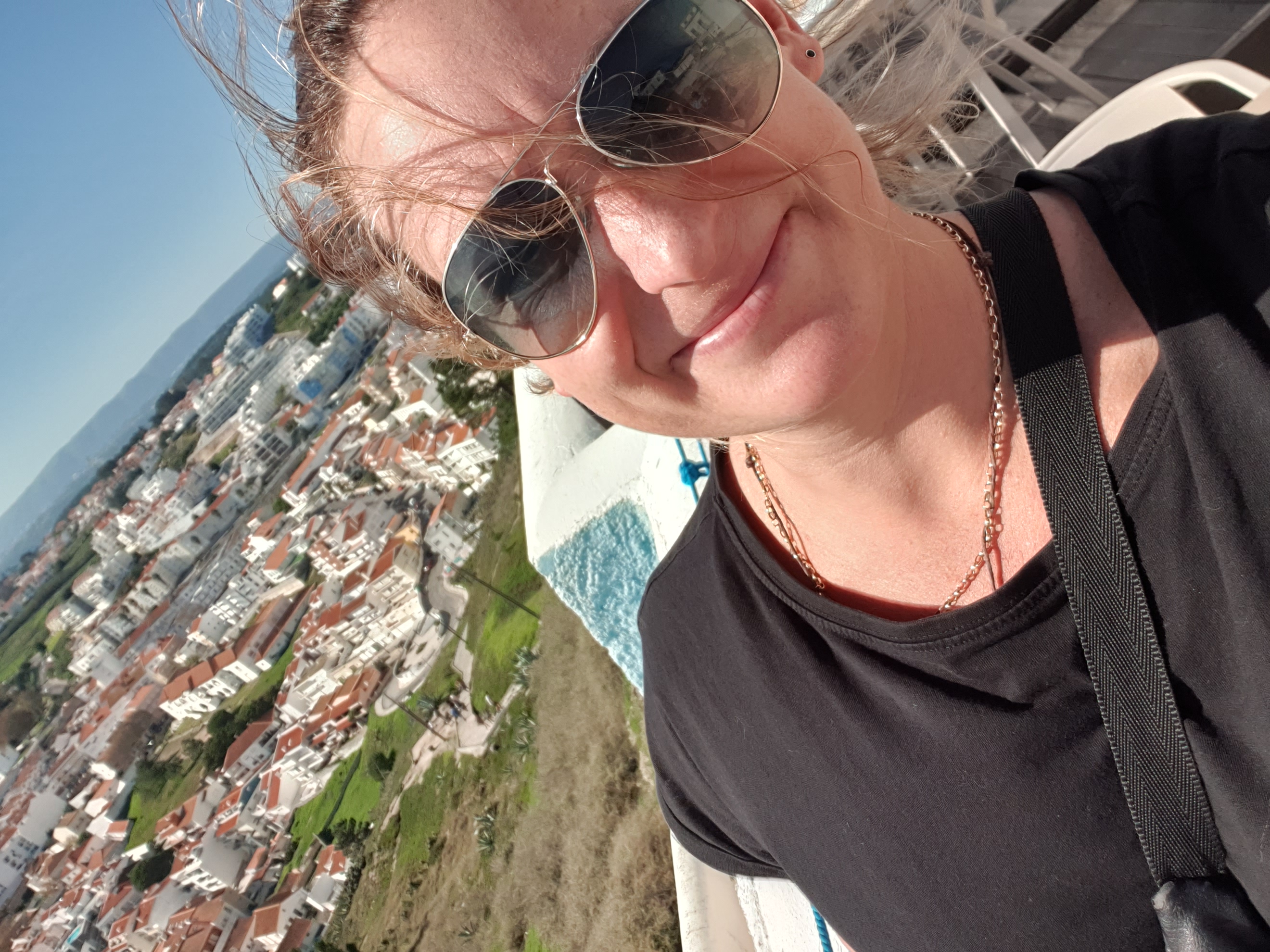
Computer-assisted consensus among fingerprint examiners – The future of forensic examination?
Forensic science increasingly supports efforts aimed at strengthening the reliability of the methods used, and of the opinions reached. Pairing human-based methods with computer-assisted approaches has shown to have potential in fields that rely largely on subjective judgments. Reducing variability through a consensus approach may be one way to strengthen the reliability of the method and opinions, whilst informing these opinions with numbers is another. In this talk we will introduce the importance of consensus approaches in the forensic feature-comparison disciplines, and discuss why strategies aimed at reducing variability are important. Additionally, we demonstrate a current state-of-art tool designed specifically for the examination of friction ridge impressions. What is remarkable about this tool is its ability to calculate the evidential value of an association between two impressions.

Ion mobility spectrometry: How can new concepts pave the way into criminal investigations?
Ion mobility spectrometers (IMS) are powerful analytical tools that can detect even smallest concentrations in the gas phase down to ppt-levels in a few seconds while the instrumental effort is low allowing for hand-held devices. However, compared to mass spectrometry separation power of IMS is limited and competing chemical ionization reactions in the IMS reaction region make the analysis of real samples in real environments sometimes difficult. Therefore, new IMS concepts with improved separation and identification capabilities as well as reduced chemical cross-sensitivities will be introduced to overcome the known issues of IMS in real scenarios and in particular in criminal investigations.
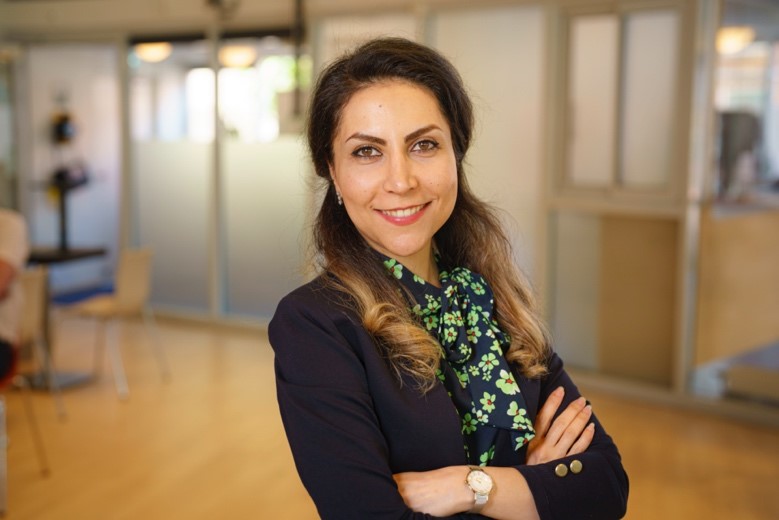
Forensics-on-a-chip: How and where to apply microfluidics in the forensic field?
In-situ identification and analysis of body fluids at a crime scene is of great importance specially during the first hours of investigations (golden hours). To date, there has been limited success in development of such methods for forensic applications. In this talk, I will introduce the microfluidic-based technologies as non-destructive, accurate and rapid method for this purpose reducing number of confirmatory tests and the associated costs. I will touch upon the applications of this technology for forensic DNA analysis and drug identification/analysis. The outlook concerning integration of various steps of the analysis as well as confirmatory methods (e.g., MS-based) within the microfluidic platform will be further discussed.

How can NIR spectroscopy contribute to rapid, on-scene and court-admissible drug identification?
Narcotic law enforcement agencies are faced with a rise in both the total amount of seizures and the chemical diversity of substances encountered. To effectively cope with these developments, investigators require fast and reliable methods to detect a broad scope of potential illicit substances, real-time and on-site. Near-Infrared (NIR) analyzers are both fast and portable. In this talk, hurdles with respect to spectral selectivity, data modelling, and robustness are discussed. A strategy for drug identification by a portable 1300 – 2600 nm NIR spectrometer is presented.
Upon registration, permission is given for photo and/or video material for public use.
